You can’t talk about the deep heart of France without mentioning its volcanoes. They’ve made frequent appearances in this blog, in stories about Blaise Pascal’s groundbreaking experiments on barometric pressure done at the top of the Puy de Dome, the grinding challenge of the mountain stages of the Tour de France, or the medieval lava quarries at Volvic that gave so many landmark buildings in this region their characteristic gray-black color. The volcanoes dominate the skyline behind the Auvergne’s largest cities, and even though they are all dormant (for now) their superheated internal plumbing feeds the hot springs that have brought tourists here since the first humans inhabited the area.
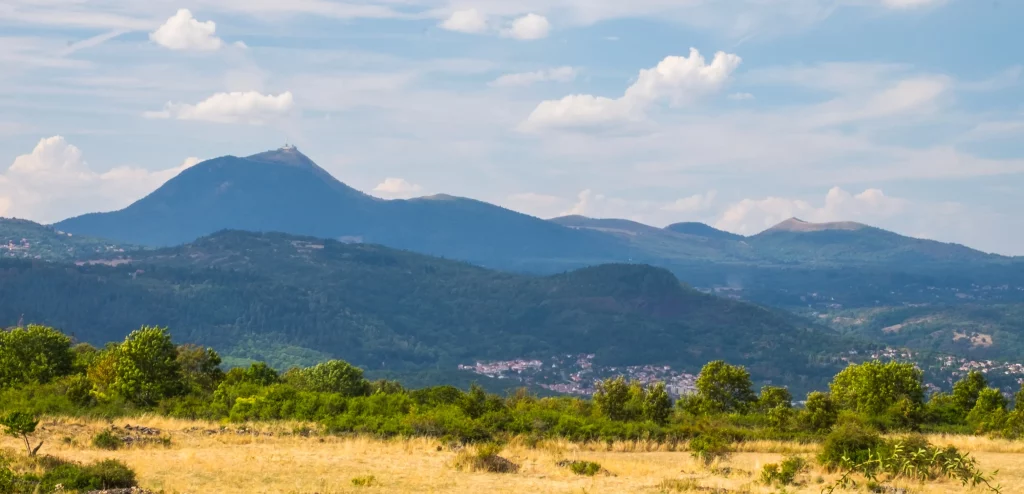
It's only natural, then, that there should also be a major museum dedicated to the science and history of the 80 or so volcanoes that make up the Chaine des Puys. It’s called Vulcania, it’s nestled deep among the peaks that inspired it, and it has become one of the most-visited tourist attractions in this part of France.
The intriguing history behind Vulcania
I’ve come to Vulcania on a raw, wet, dark day – but there are still at least 1,000 cars in the parking lot, and lines for some of the attractions might remind you more of Disneyland than a remote scientific museum in central France.
The walkways into the park are themselves paved with little pebbles of lava, but today they are blocked in several places by huge puddles left from thunderstorms that swept through earlier in the day.
This “European Park of Volcanism” has an interesting, sometimes turbulent, history. The idea started with Maurice and Katia Krafft, French volcanologists and filmmakers who were so famous in their field that Werner Herzog featured them in two documentary films about their work. The writer Jean Raspail described the couple:
Well-known by all the active volcanoes of the planet, they rarely missed a rendez-vous with these angry monsters, ready to leave on an hour’s notice…Their American colleagues called them “the devils of the volcanoes.” Like devils, they were everywhere, jumping from one volcano to another: he (Maurice) colossal, jovial, and serious, she (Katia) so frail, so thin, this little bit of a woman with nerves of steel and a dazzling smile. They sacrificed everything to this life. [It was] a calling.
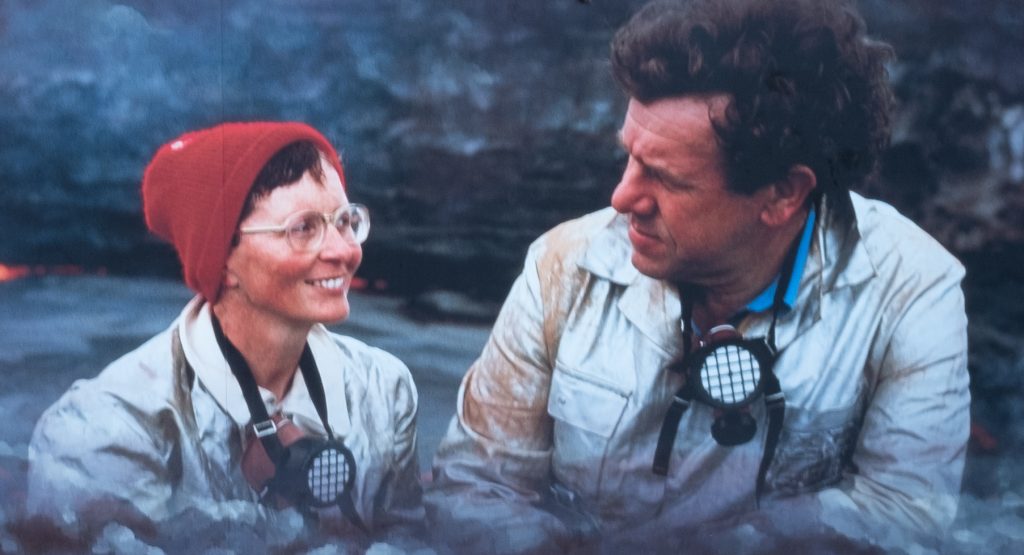
The Kraffts first floated the idea of a park like this in 1986, but with an even more ambitious goal: they wanted to expose the mechanics of an actual volcano by cutting a tunnel into the side of the giant Puy de Dome, the most prominent peak in the Chaine des Puys. That proposal never advanced, and the Kraffts themselves died tragically, overwhelmed by a fiery cloud of gas and ash that swept over them as they worked near Mount Unzen in Japan in 1991. Their cause had attracted an important supporter, though: Valéry Giscard d'Estaing, the former President who had returned to his home in central France and was serving as President of the Regional Council of Auvergne when the idea for Vulcania was hatched.
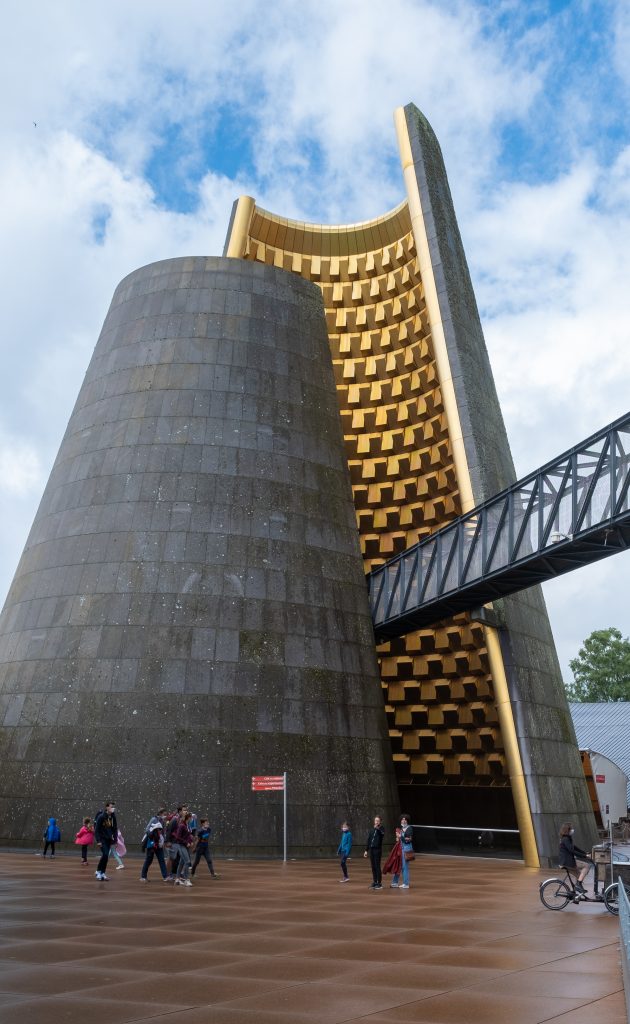
Without the support of Giscard d'Estaing, the park might never have been built. Environmentalists worried about the traffic it would attract and they opposed its placement in the middle of a wilderness area that would eventually be designated a UNESCO World Heritage site. One scientist called the idea “the massacre of one of the best-preserved natural monuments, a crime of which the main objective is profit.”
With the support of the former President, though, the project drew a different kind of opposition – to the political dimension this added to the work. Given the possible economic impact of such an attraction, communities around the Auvergne competed to have it built in their jurisdictions. (There were also complaints about the possibility that the bidding process had been manipulated unfairly by Giscard d’Estaing.) But the President and other supporters of the park eventually cobbled together a compromise that addressed many of the obstacles: Vulcania would be built on the site of an abandoned military depot (so some old deposits of petroleum waste would have to be cleaned up in the process), and many of its structures would be buried underground to minimize the aesthetic impact on such a beautiful, wild area. The park opened in 2002.
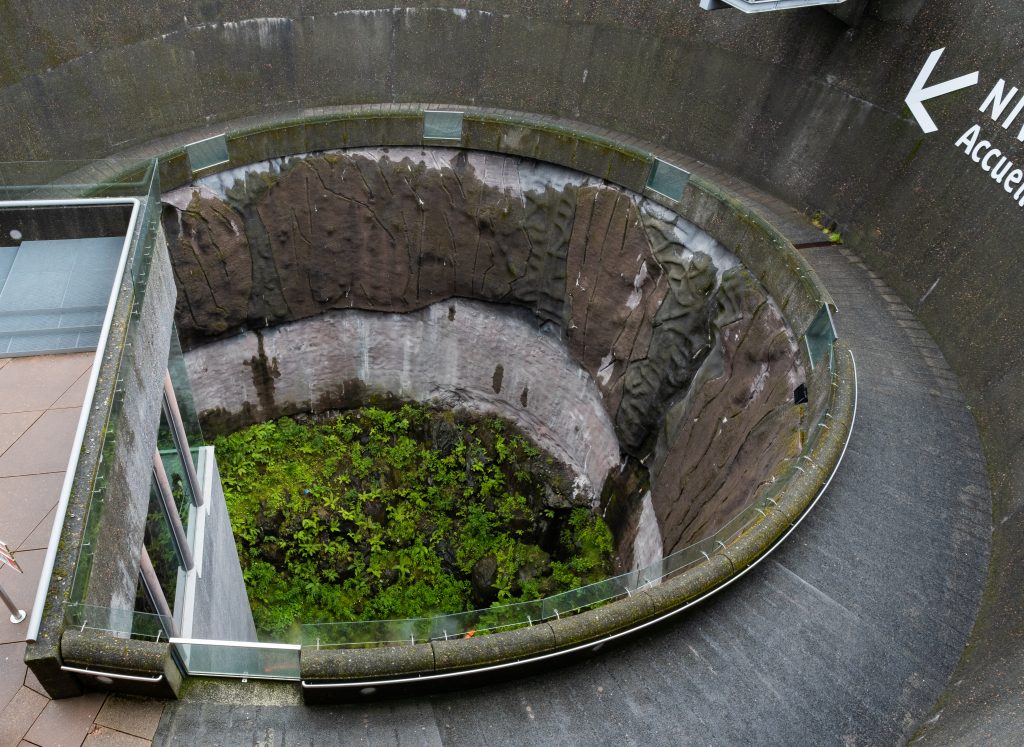
Vulcania was built for fun, but it has a serious educational mission
The central museum is laid out around a vast, deep “crater” (naturally!) with a spiraling ramp that connects the 4 levels of exhibits. As you walk down through the building, the crater emits a variety of ominous, deep rumbling sounds that might lead you to think an eruption is imminent (even though none of the actual peaks in the Chaine des Puys has erupted for 6,000 years or more).
The largest, most popular attractions play out in a series of theaters spread over the lower levels. My personal favorite was the one devoted to “Terre en Colère” (“the Angry Earth”). It’s a multimedia experience in which audience members vote on which horrible natural disaster they want to see acted out – an avalanche, a tsunami, a tornado, a lava flow, an earthquake, or a meteor strike. My group chose “tsunami, tornado, and lava flow”, and the spectacular films illustrating the effects of each disaster are accompanied by lots of “extras” – cold mist blowing as the tsunami crashes or the tornado whips past, rumbling and shaking in the floor beneath our feet….
Other exhibits have a similar focus on being a little sensational without ever losing focus on the desire to teach audiences about the powerful forces of nature:
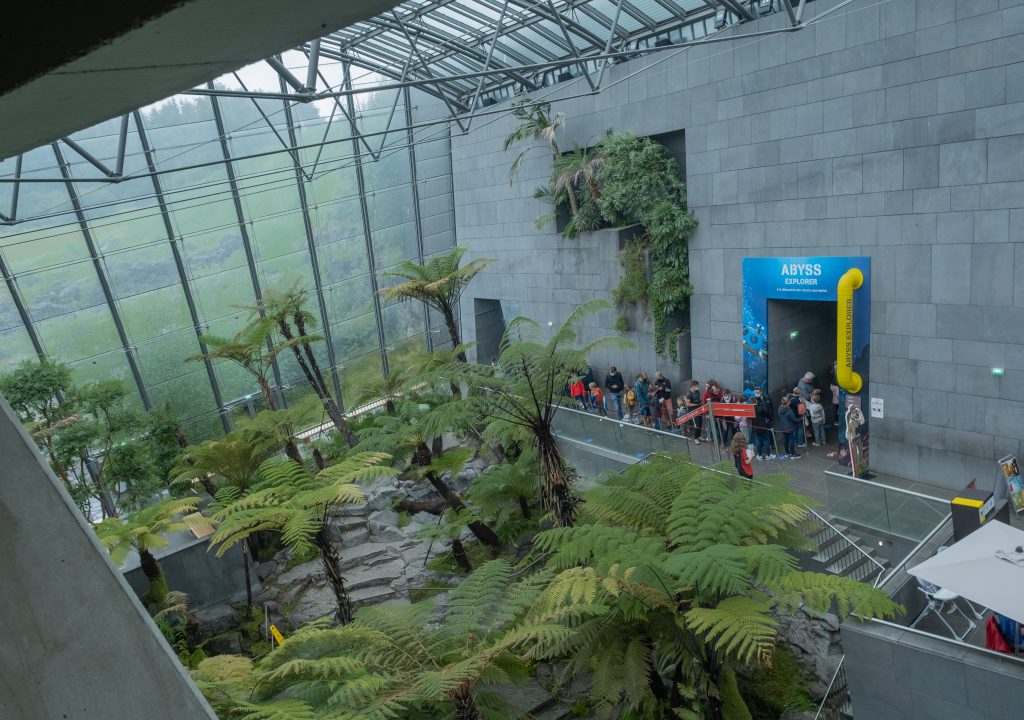
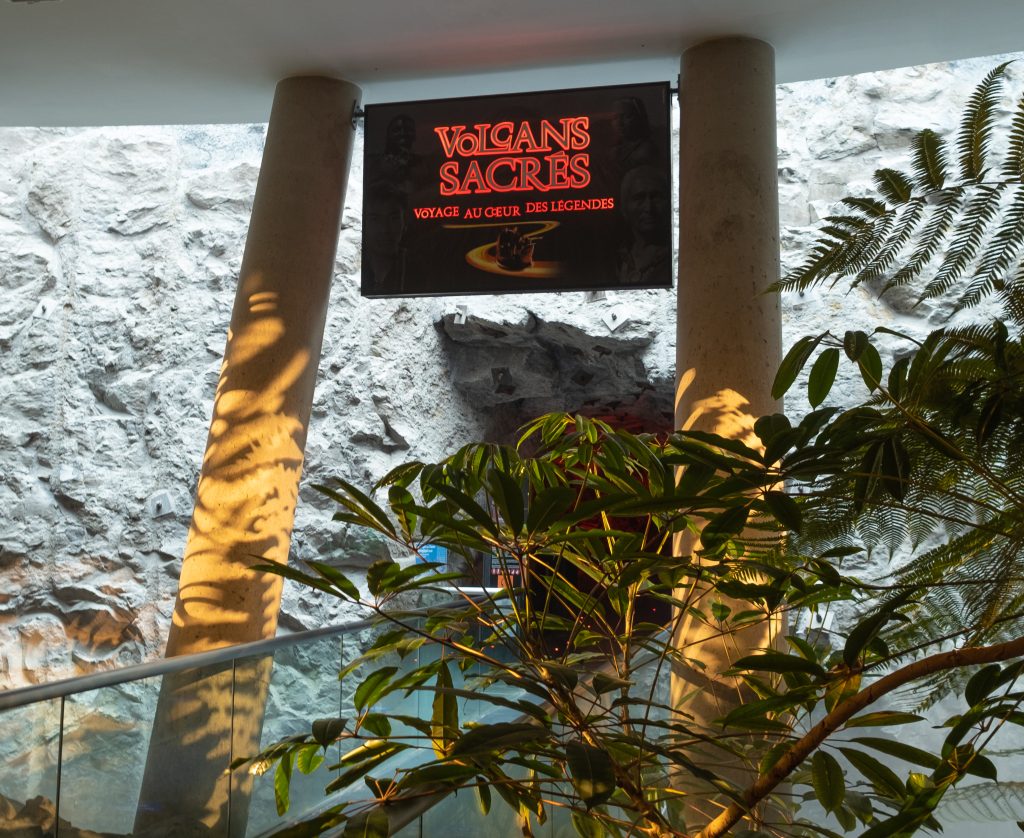
- “Volcans sacrés” (“Sacred volcanoes”) – a ride through a lava flow with animations about the long history of how humans interact with volcanoes and the spiritual significance we’ve given to them through time
- “Réveil des géants d’Auvergne” (“Awakening of the Auvergne giants”) another film with 3D special effects that asks what everyone who lives here wants to know: “are they really extinct or only sleeping?”
- The “Abyss Explorer”, which promises a “perilous and turbulent dive” in a submarine to the bottom of the ocean to see how volcanic eruptions emerge from the sea floor
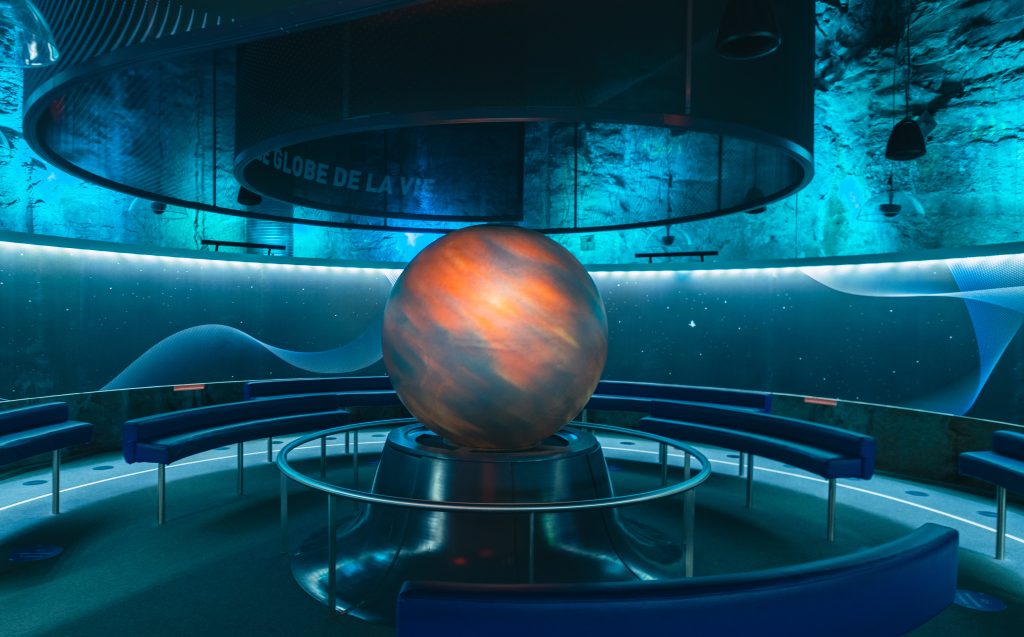
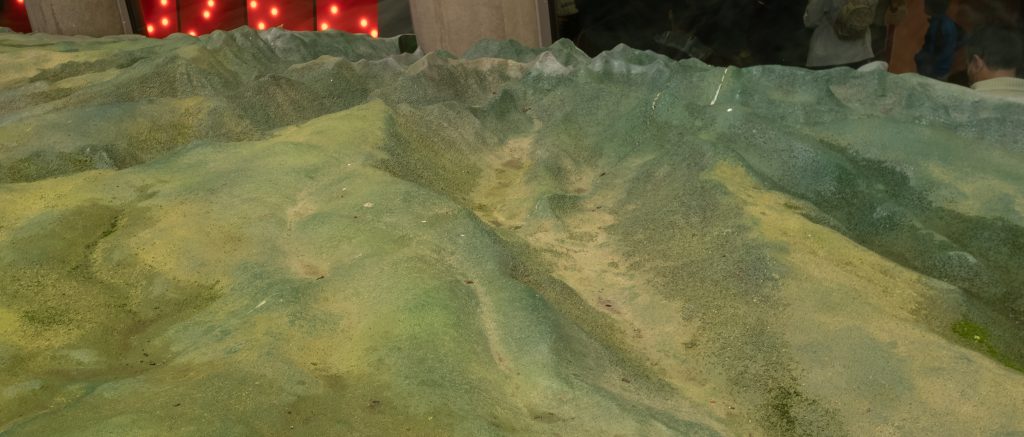
There are also some more “traditional” museum exhibits about earth science and volcanology. For example, there’s a room full of realistic models of all the major volcanic regions of the Auvergne, as well as a dazzling exhibit on how the Earth might have looked throughout its different geological epochs. And there’s a great “Corner of Experiences”, where kids and their families can try out a series of interactive experiments about the forces that operate on our planet – and where, if they’re lucky, they might be able to “save” Clermont-Ferrand from an impending lava flow!
Planning a visit to Vulcania
The park is open only from the end of March to mid-November. During that period, they ordinarily welcome around 350,000 visitors, so it’s best to try to avoid school holidays and peak vacation seasons if you can. There are a few spaces for camper vans, and there’s a (very busy) onsite restaurant, so if you want you can make a whole day of your visit. (The restaurant even featured a volcano-themed hamburger when I visited – a burger with Fourme d’Ambert blue cheese and a deep black bun!)
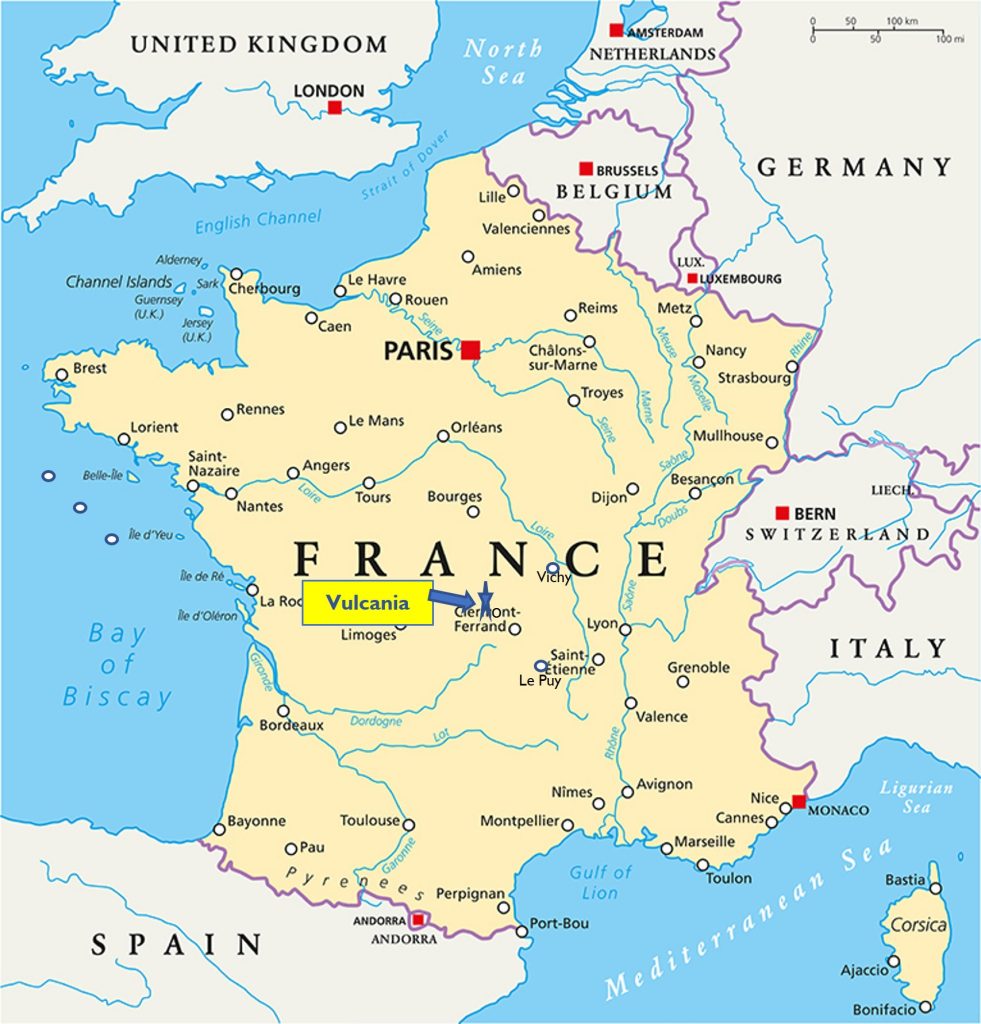
Audioguides are available in several languages, including English, but for now the Vulcania phone app is available only in French. If you have a budding volcanologist in the family, or if you just find the subject fascinating in itself, you might also plan to take the 3-minute drive across the road to the Volcan de Lemptégy, an extraordinary look into the “entrails” of one of these ancient volcanoes. (After World War II, the cone of this peak was systematically mined for lava pebbles, with the result being that all the internal plumbing of the volcano has been exposed for you to explore, either on a train ride or on foot.)
Have you visited Vulcania yourself? What did you think? Are there other parks and family attractions around France that particularly appeal to you? Please share your experiences in the comments section below – and while you’re here, I’d be grateful if you would take a second to share this post with someone else who is interested in the people, places, culture, and history of central France!
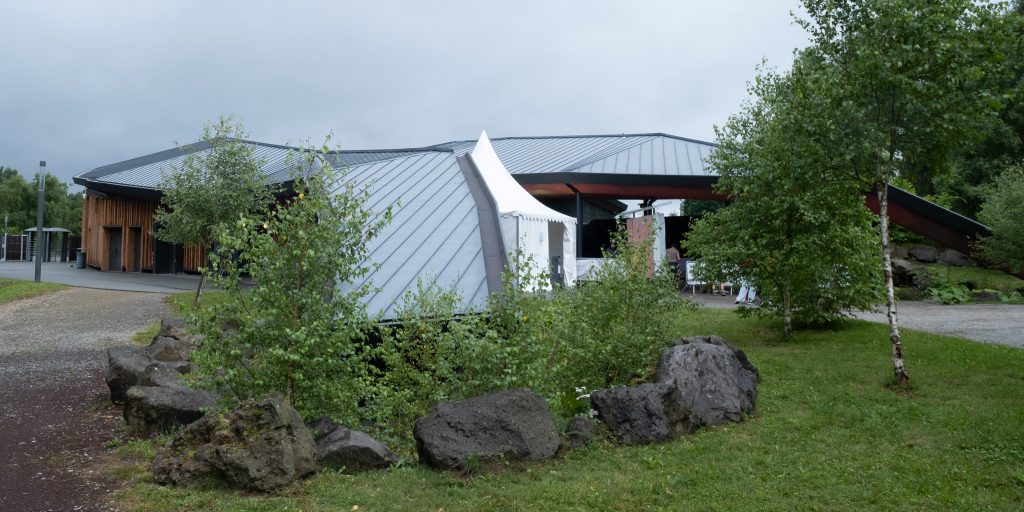
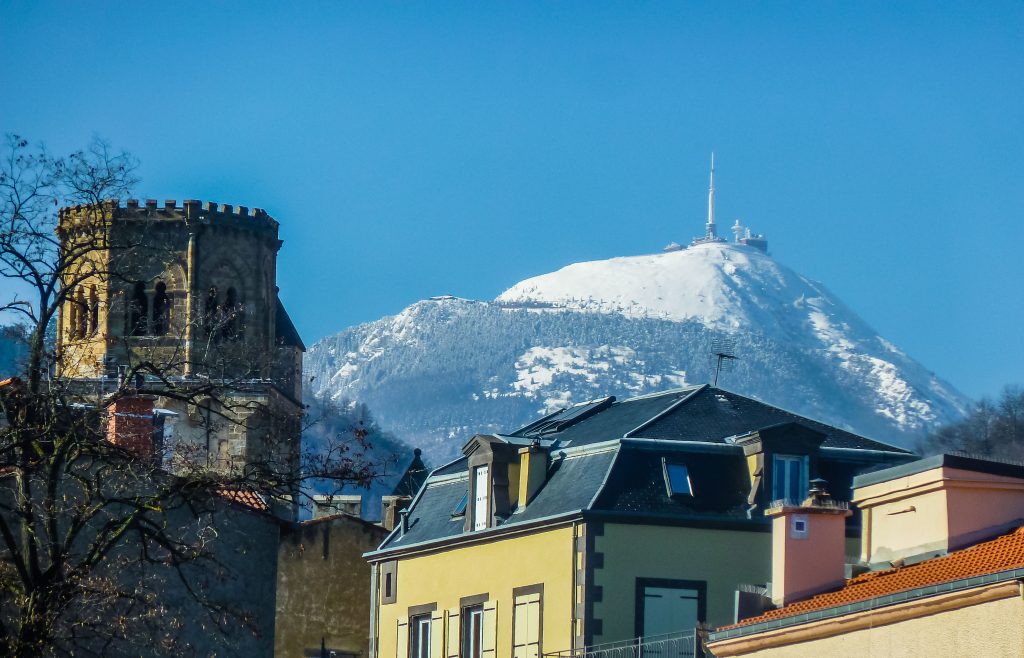
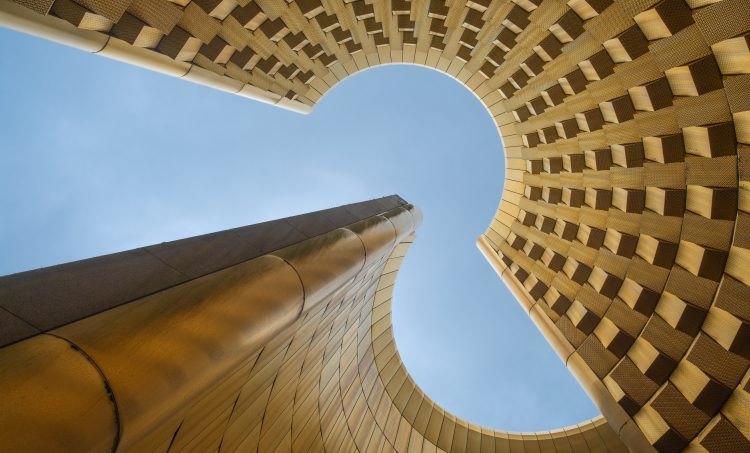

Thanks for posting. This is interesting.
Vulcania sounds and looks fascinating!
Extremely interesting and an area about which i knew nothing
I only knew about this area thru a friend who rides there on horseback. Have seen many photos of the lanscape. Just magnificent. Thank you for adding more to my interest. I’m looking forward to visiting some time soon